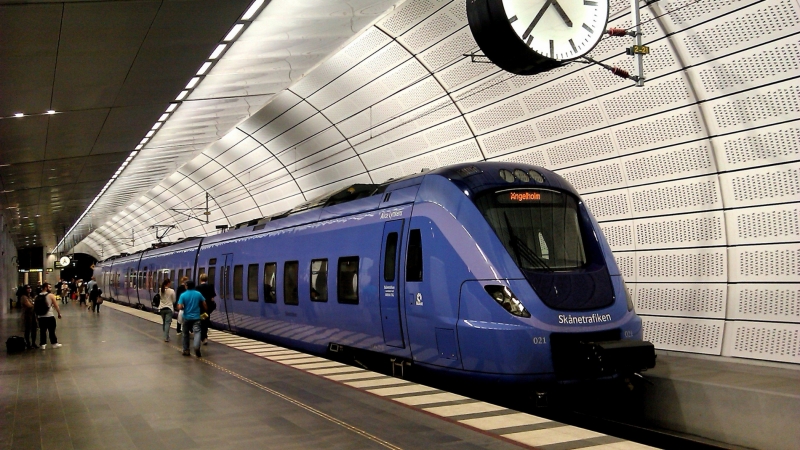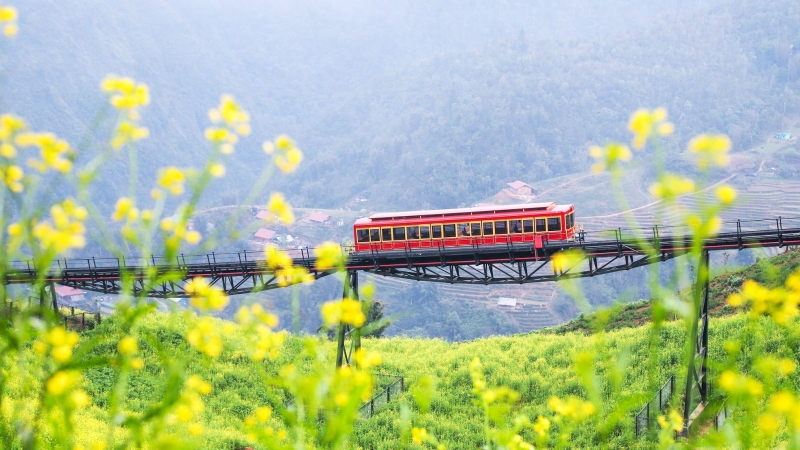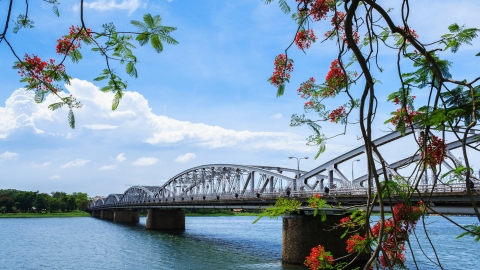In Korea, when mentioning the intersections of life, people often remember “Seoul Culture Station 284”. The station is like a living diary, recording stories of young people coming to Seoul to start a career, enthusiastic students and families reunited after many days apart. Now, in that ancient space, art is full of color, turning the station into a living museum, where visitors can find peace and sublime emotions.
Historical sites in Seoul
When arriving at Seoul Station, visitors will encounter a large building with modern architecture, which is the New Seoul Station. Located modestly next to it is an ancient building with a dome-shaped roof and red brick walls stained by time, this is the Old Seoul Station. On July 5, 1900, along with the opening of the Hangang Bridge, the first bridge across the Han River, people also started to build the Gyeongin Railway, to connect Seodaemun of Seoul with Jemulpo of Incheon, which was a bustling trading port. And the Old Seoul Station also began to be built at that time.
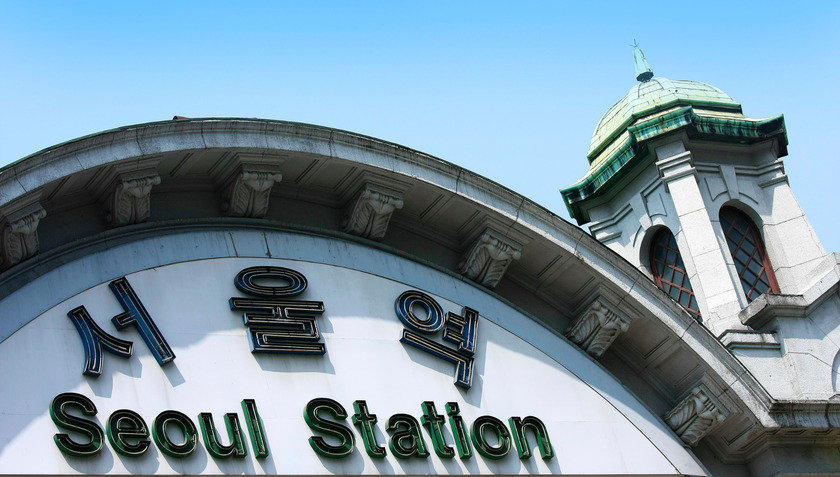
A place that takes Koreans back in time to find old memories
The old Seoul Station is not only a simple architectural work but also a living witness of Korean history. The red bricks have been stained with time as if telling many stories about the lives of the people, about the ups and downs of the country. The image of King Yeongchin and Princess Deokhye boarding the train to leave the country at this very place to exile to Japan under pressure from the Japanese colonial government has become one of the most painful marks in Korean history. It can be said that the station has an extremely important meaning in the modern history of Korea.
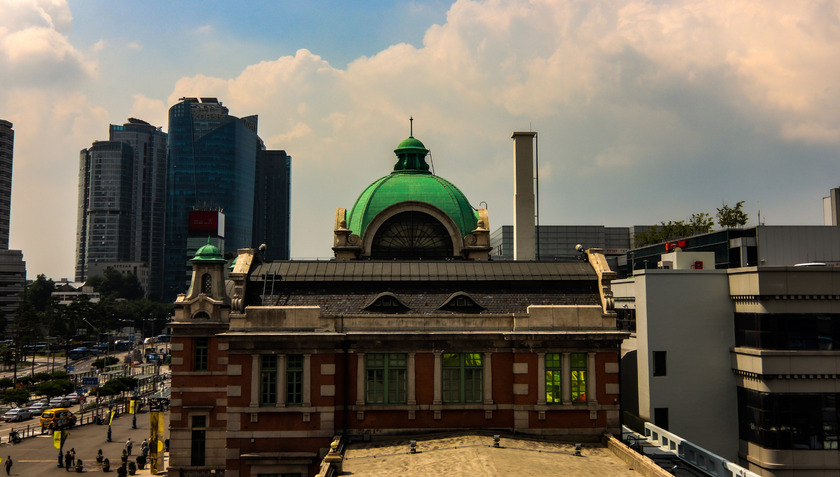
When railways in particular and transportation in general were still underdeveloped, anyone who wanted to travel from Seoul to other areas, or vice versa, had to stop by the old Seoul Station.
After the new station was completed, at the same time as the KTX high-speed train line was opened, the old station also ceased operation and forever became a place that only exists in people's memories. The old Seoul station still holds many unforgettable memories in the hearts of Korean people. Recently, after 7 years of dust covering it, the station officially opened to welcome visitors as a proud historical relic of Seoul.
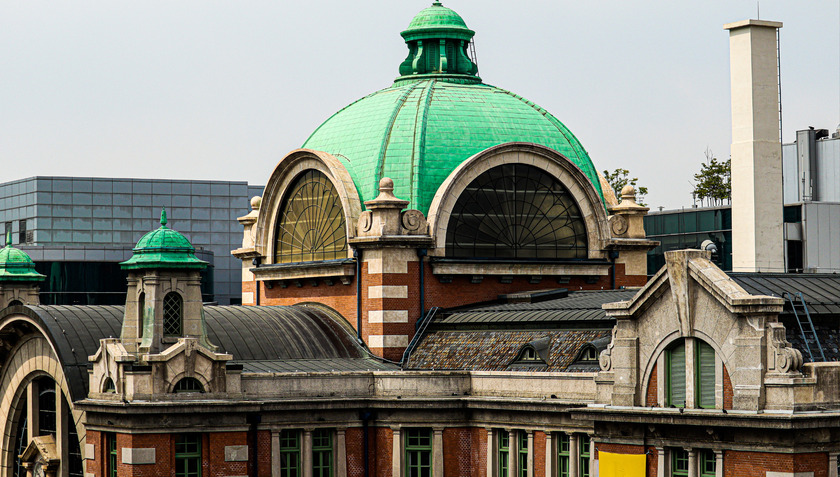
The original location of the station was near Yeomcheon Bridge and was called Namdaemun Station. In 1925, Namdaemun Station was rebuilt.
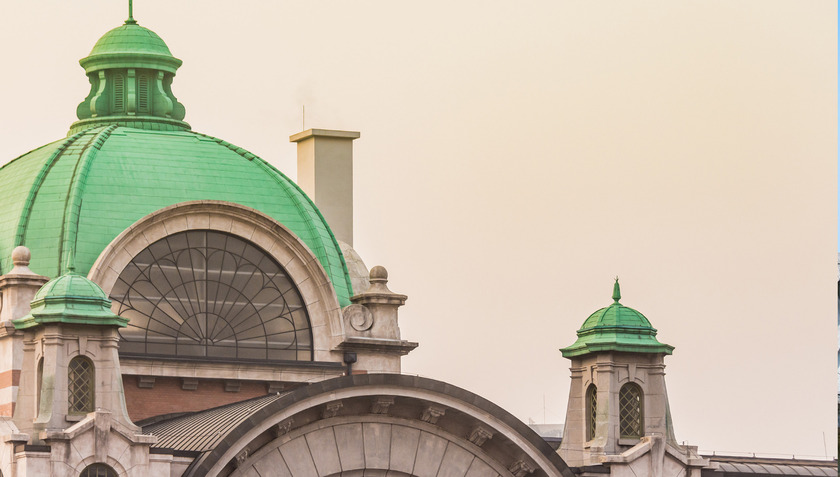
Where past and present intersect
From a bustling station, the old Seoul Station has transformed into Seoul 284 Cultural Station, a unique comprehensive cultural space. The number 284, the station's relic code, is like a historical mark, associated with the ups and downs of a period. The new name is not simply a change but also has a profound meaning, affirming the cultural and historical value of this construction.
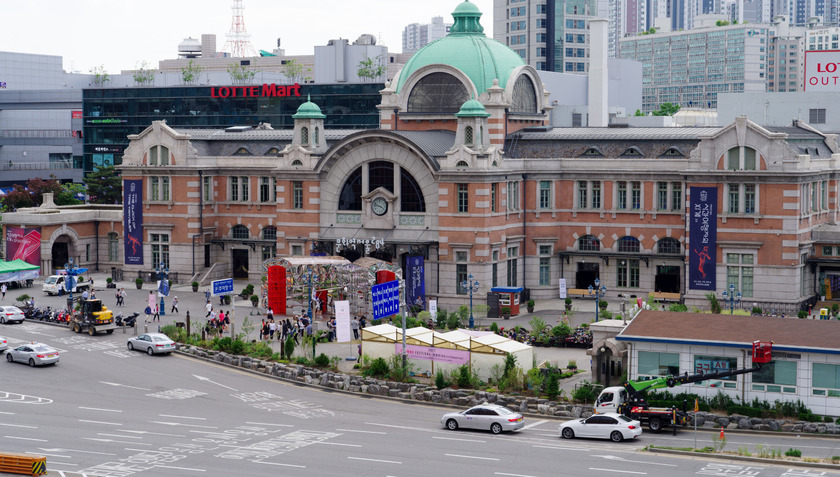
The birth of the Old Seoul Station in 1925 completely changed the face of Seoul.
Coming to Seoul 284 Culture Station, visitors feel like they are lost in a living museum. Every corner of the station bears the mark of time, from the ancient brick walls to the old decorative objects. The art installations are delicately displayed, creating a space that is both familiar and new, bringing visitors back to Korea in 1925.
The old Seoul Station was designed with a delicate symmetrical structure, expressing balance and harmony in architecture. When entering the first floor, visitors will be impressed by 12 rough marble columns, imbued with ancient Greek style. This floor is in the Doris style, exuding a simple, majestic and masculine beauty. Moving up to the second floor, the space changes to the Ionian style, more feminine and refreshing.

Modern space right from the outside
To the right of the ticket counter, the third-class waiting room opens into a large, high-ceilinged space. Though not elaborately decorated, the room exudes a rustic and cozy beauty with four concrete pillars covered with bricks. In the old days, a long bench in the middle of the room was where passengers could relax while waiting for their train.
In contrast to the simplicity of the third-class lounge, the first-class and second-class lounges offer a more luxurious and private space. In particular, the ladies' lounge with its warm wooden walls was once a place where noble ladies waited in comfort. This small room, despite the years, still retains its delicate and cozy beauty.
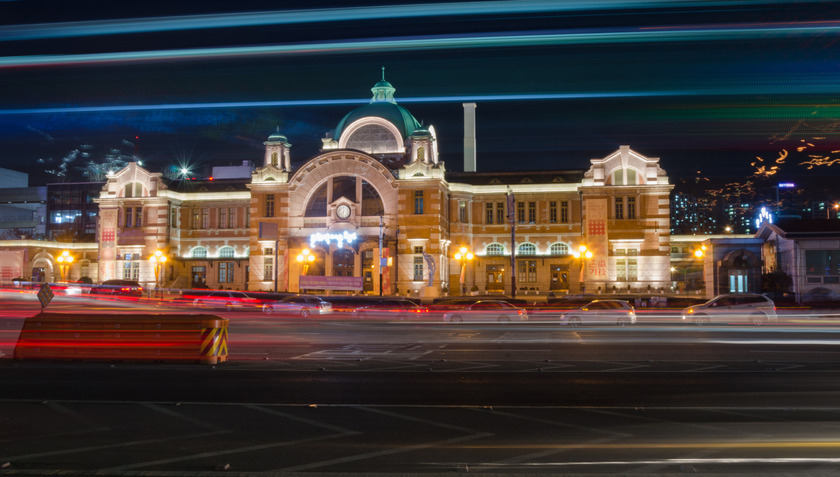
Sparkling like an ancient castle
From the back door of the restaurant, following another corridor will lead visitors to a small room that emits many interesting sounds, where visitors can learn about the history of the station through sound. Here, visitors will hear a variety of sounds such as: train sounds, engine sounds in the machine room, the voices of staff talking... all reminding them of a bygone era of Seoul station. At the end of the corridor will be the path leading visitors back to the central hall. Returning to the very place where the tour started and looking up at the ceiling, visitors suddenly have completely new feelings.
Coming to Seoul Culture Station 284, visitors feel like they are on a train going back in time to find old memories and experience new things about Korean culture. The birth of the old Seoul Station in 1925 completely changed the face of Seoul. After many ups and downs of history, entering the 21st century, this place still retains its material and spiritual values. During a trip to Korea, if visitors need to find an address to enjoy new art festivals, there will be no place more wonderful than Seoul Culture Station 284.







